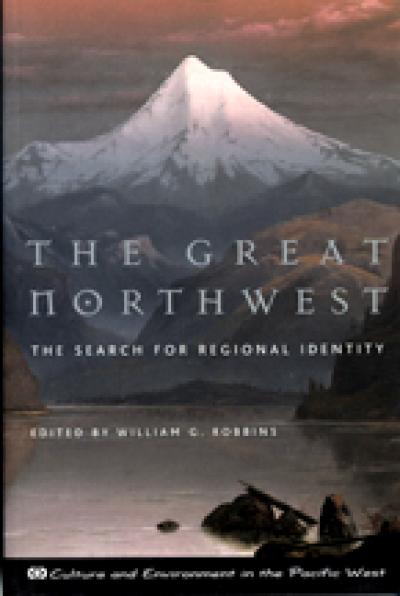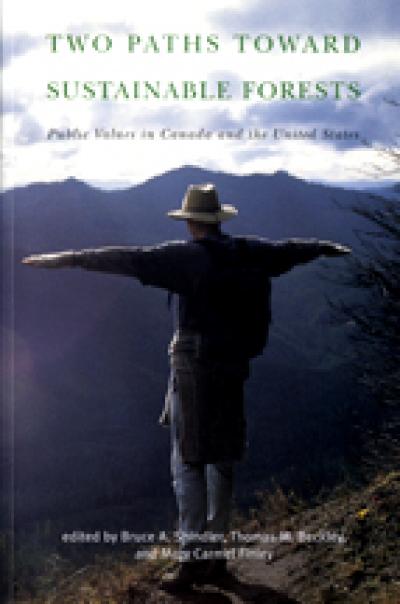
The Lumberman's Frontier
Thomas R. Cox
With The Lumberman’s Frontier, Thomas Cox has reconstructed a groundbreaking history that stands apart from all previous studies of American forests.
Forests were ubiquitous in early America, but it was only in selected areas that trees, rather than farming, ranching, or mining, attracted settlement. These areas constitute the lumberman’s frontier, which appeared first in northern New England in the seventeenth century, followed by upstate New York, the Allegheny Plateau, the upper Great Lakes states, the Gulf South, and the Far West.
The forest frontiers generated capital and building materials important in the nation’s development, but they also left a legacy of environmental problems, class and urban-rural divisions, and economic frictions. The 1930s marked the end of the lumberman’s frontier, but these consequences continue to shape attitudes and policies toward forests, most notably the questions “Whose forests are they?” and “How and by whom should forests be used?”
Drawing upon recent work in social and economic history, as well as a wealth of historical data on forest industries and individuals, The Lumberman’s Frontier neither glorifies economic development nor falls into the maw of ecological gloom-and-doom. It puts individual actors at center stage, allowing the points of view of the workers and lumbermen to emerge.
About the author
THOMAS R. COX grew up in Eastern Oregon where he fought forest fires, served as a sawmill worker, and coached high school football. He earned his bachelor’s degree from Oregon State University and his PhD in history from the University of Oregon. He spent most of his academic career at San Diego State University. Cox has published widely in the fields of environmental, social, and economic history. He was a pioneer member of the American Society of Environmental History, a past-president of the Forest History Society, and a Fulbright Professor in Japan. He lives outside of McCammon, Idaho.
Read more about this author






 Congratulations to
Congratulations to 